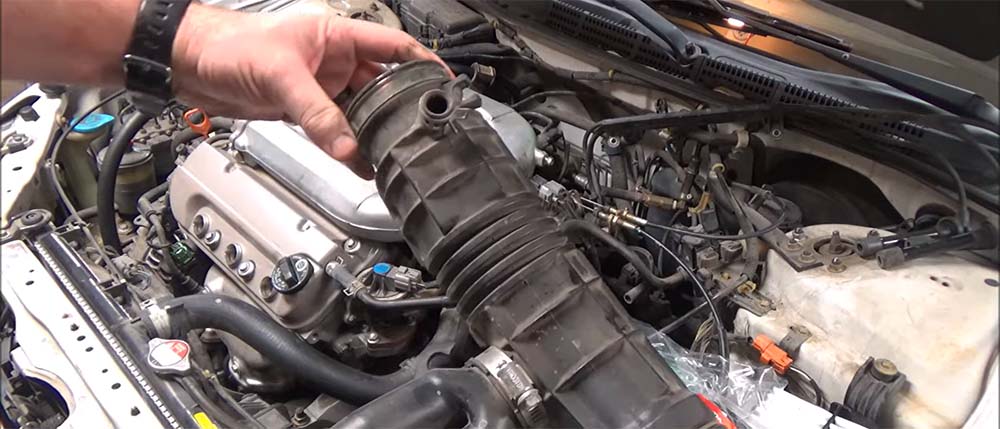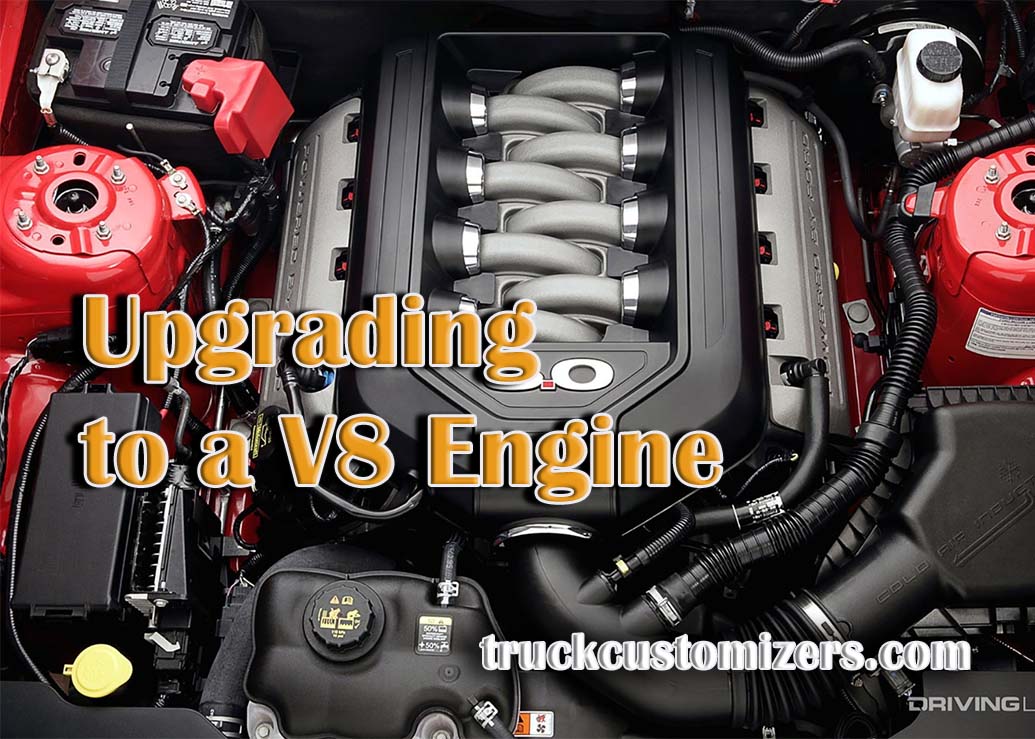Air intake systems are fundamental components of any vehicle, designed to draw in air and direct it to the engine’s combustion chamber. The air intake tube, a crucial part of this system, plays a significant role in determining the volume and speed of air that reaches the engine. An optimally sized air intake tube ensures that the engine receives the right amount of air needed for efficient fuel combustion, which is essential for maximizing performance, improving fuel economy, and reducing emissions. Understanding the importance of the air intake system and specifically “what size air intake tube do i need” is the first step for vehicle owners interested in enhancing their vehicle’s capabilities. The right air intake tube size can make a substantial difference in a vehicle’s responsiveness and power output, making it a critical consideration for anyone looking to upgrade their vehicle’s performance.
Importance of Choosing the Right Air Intake Tube Size
The selection of the correct air intake tube size is paramount for any vehicle modification project aimed at improving engine performance. The size of the air intake tube directly impacts the engine’s ability to breathe by influencing the amount of air flow available for combustion. Too small a tube can restrict air flow, leading to suboptimal combustion and, consequently, a decrease in engine efficiency and power. On the other hand, an overly large air intake tube can cause a reduction in air velocity, making the engine work harder to draw in the necessary air, which can also negatively affect performance.
Factors to Consider When Selecting Air Intake Tube Size
When determining the right air intake tube size for your vehicle, several key factors come into play. It’s not just about picking a size that seems right or mimicking what others have done. Instead, it involves understanding your vehicle’s specific needs and how different sizes can affect its performance. Here’s a list of crucial considerations to guide you through the selection process:
- Engine Size and Type: The engine is the heart of your vehicle, and its size and type significantly influence the appropriate air intake tube size. Larger engines typically require more air to operate efficiently, meaning a bigger intake tube might be necessary to meet the air flow demands.
- Desired Performance Outcome: Your performance goals play a crucial role in selecting an air intake tube size. If you’re aiming for increased horsepower and acceleration, a larger tube might be beneficial as it can allow more air into the combustion chamber.
- Type of Driving: Consider whether your vehicle is used for daily commuting, long-distance travel, off-roading, or racing. Each driving type demands different performance from your vehicle.
- Aftermarket Modifications: If your vehicle has other modifications, such as an upgraded exhaust system or a reprogrammed ECU, these changes can affect the optimal size of your air intake tube.
- Climate and Environmental Conditions: The environment where you drive also matters. Vehicles operated in hotter, denser climates may benefit from larger intake tubes to ensure adequate air flow under challenging conditions.
Selecting the right air intake tube size is a critical decision that can influence your vehicle’s performance, efficiency, and overall driving experience. By carefully considering these factors, you can make an informed choice that matches your vehicle’s needs and your driving preferences.

How to Measure for the Right Air Intake Tube Size
Measuring for the right air intake tube size involves a few straightforward steps but requires accuracy to ensure the best fit and performance. Start by consulting your vehicle’s manual for any specifications related to the air intake system. If you’re upgrading or changing your engine’s performance characteristics, consider the new requirements your modifications entail. Use a measuring tape to assess the space available for the air intake tube in your engine bay, keeping in mind both the length and the diameter that can be accommodated. This measurement is crucial for avoiding potential fitment issues that could arise from choosing a tube that’s too large or too small for the available space.
Recommendations for Various Vehicle Types
Vehicles come in many forms and functions, each with unique air intake needs. For everyday passenger cars, a balance between efficiency and power is often desired, suggesting a moderate increase in air intake tube size could offer improvements without sacrificing fuel economy. Performance vehicles, on the other hand, might see significant benefits from larger air intake tubes, enhancing horsepower and throttle response for a more dynamic driving experience. Trucks and off-road vehicles that frequently operate under heavy load or challenging conditions may require specialized intake systems that can handle increased dust and debris while providing adequate air flow.
In the context of vehicle-specific modifications, Ford Focus owners have a unique opportunity to boost their car’s performance through tailored solutions. For those seeking enhanced engine efficiency and response, the Best Cold Air Intake for Ford Focus is a standout option. This modification is designed to optimize airflow, thereby improving combustion and, subsequently, the vehicle’s overall power and efficiency.
Conclusion
In summary, determining “what size air intake tube do i need” is a multifaceted decision that hinges on understanding your vehicle’s specific requirements and your personal performance goals. By carefully considering factors such as engine size, desired performance outcome, type of driving, and existing vehicle modifications, you can make an informed choice that enhances your vehicle’s efficiency, power, and driving experience. Remember, the goal is to ensure optimal airflow to your engine, aligning with the broader objective of maximizing your vehicle’s performance capabilities. With the right air intake tube size, you’re setting the stage for a more responsive, powerful, and enjoyable ride.



